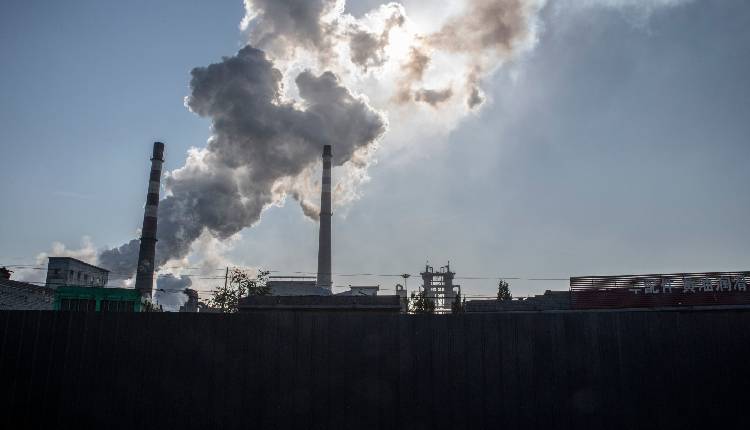China’s coal consumption, the largest in the world, will decrease by only one-third by 2040, according to a report published on Tuesday by a European consultancy cited by Reuters. This projection poses a threat to climate targets, which advocate for the majority of global coal use to be phased out by 2040.
The International Energy Agency (IEA) stated that maintaining average global temperature increases within the critical limit of 1.5 degrees Celsius (2.7 degrees Fahrenheit), requires global coal power capacity to be eradicated by 2040.
However, the report from the Norwegian risk assessment firm DNV suggests that China’s coal consumption will experience a “minor uptick” in the next two years before falling by one-third by 2040, ultimately reaching around 25 per cent of its peak by 2050.
These findings highlight China’s stance on fossil fuels. In September, Xie Zhenhua, a former climate envoy, stated at the COP28 climate talks that completely phasing out fossil fuel energy would be “unrealistic.”
The report predicts that despite a significant increase in renewable generation, which will constitute 88 per cent of China’s power generation mix by 2050, China will continue to use coal.
China approved an additional 114 GW of coal power plants last year, a 10 per cent increase from 2022. The report also indicates that by mid-century, the iron and steel sectors are set to surpass power as the largest consumers of coal. Coal-to-chemicals will also constitute a significant portion of the remaining demand.
The report notes that the decarbonisation of the steel sector in China, through new methods such as cleaner electric arc furnace technology, is progressing slowly. It also states that natural gas consumption will remain a part of the energy mix, with consumption decreasing only 2 per cent from 2022 levels by 2050.
However, the report adds that China is “close” to achieving its own target of carbon neutrality by 2060 if it accelerates the decarbonisation of certain sectors, particularly manufacturing.
DNV forecasts that China’s carbon emissions will peak by 2026, earlier than the official goal for climate-warming emissions to peak by 2030, but slower than a forecast by the Centre for Research on Energy and Clean Air that emissions could enter a “structural decline” in 2024.
China’s total energy demand, which has been growing at around 3 per cent per year, is expected to slow down for the rest of this decade. It will peak in 2030 and then decrease by another 20 per cent by 2050.
As the world’s largest crude importer, China is set to phase out oil more rapidly than coal, driven by electrification. The report anticipates that oil demand in China’s road sector will decrease by 94 per cent by 2050, a faster transition than that predicted by China’s oil majors, which forecast gasoline demand to halve by 2045.
Total oil consumption will halve by 2050 from its peak in 2027, with 84 per cent of that still being met by imports. However, oil’s share of aviation energy demand will decrease from 99.6 per cent in 2022 to 59 per cent in 2050 as the use of alternatives such as bioenergy and e-fuels becomes more prevalent.
The report concludes that a faster transition to net zero in 2050, where more oil and gas are replaced by domestically produced renewables or nuclear, would significantly enhance energy independence.


